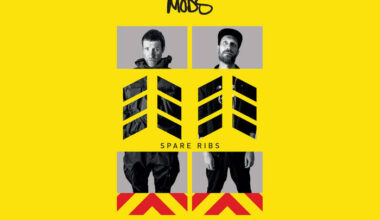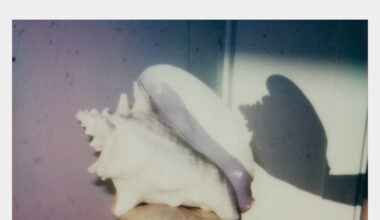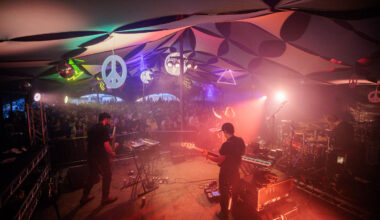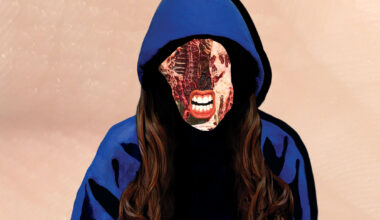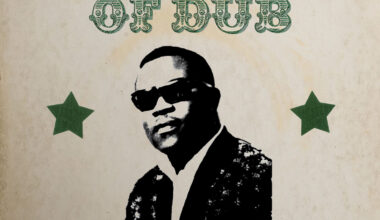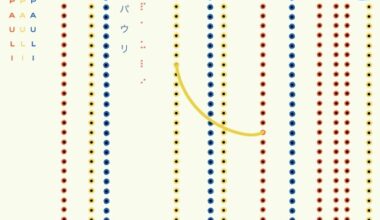Gotta spare seven hours? Boxset propels you back to the genre that fashion forsook

Of all the strains of vintage indie, shoegaze rarely finds itself basking in the warm glow of reappraisal, but the recent return of both Ride and Lush makes this bumper five-disc set seem rather timely.
Budding shoegazers must’ve found it hard to shake the feeling that the odds were always stacked against them, being named after their propensity of staring awkwardly at their own Doc Martens on stage. Alternative monikers were equally damning: The Scene that Celebrates Itself is a tag that could easily be levelled at most (anyone remember Romo?) and Dream Pop feels woefully inaccurate, since little of the genre’s output has the shiny, accessible veneer we associate with the word “pop”. Even shoegaze’s champions did little to help to cause, with their talk of “sonic cathedrals” and the rampant over-use of the word “ethereal”.
And so it falls to Cherry Red to exhume shoegaze’s chequered cadaver with this exhaustive 87-track collection, complete with a 12,000-word booklet. Not all the usual suspects are present and correct: My Bloody Valentine are conspicuously absent, but Moose, Pale Saints, Jesus & Mary Chain, Slowdive and of course the Cocteau Twins are all on board. The 4AD contingent is surprisingly light here, but the real joy is suddenly alighting on names you’d long consigned to your mental recycle bin: Catherine Wheel, Dr Phibes And The House of Wax Equations, The Honey Smugglers… it’s like brushing the cobwebs off a copy of NME circa 1991 or tuning into a lost episode of Gary Crowley’s GLR radio show. Many of these prove their inherent forgetability on a fresh listen, but lost gems include Kitchens Of Distinction and Ultra Vivid Scene.
Cherry Red deploys a fairly loose definition of the term, meaning there’s a good number of American bands represented too. Heartening to see the likes of Boston’s Galaxie 500 alongside Mercury Rev and Flaming Lips, which brings home the point that, contrary to the oft-trotted out Britpop rubric, the cultural gap between the oceans was narrower in certain quarters. By the start of the 90s, the barriers between “traditional indie” and the dance/electronic genres were already being broken down. shoegaze was a key part of this revolution. Plenty of noiseniks were donning the Joe Bloggs’ paisley-bottomed jeans of the indie dance scene, turning to the likes of Andrew “Andy” Weatherall to give them a snare shuffle and funky wah-wah-flavoured rebirth.
Bands grew up incredibly quickly at the time. Consider the cavernous gap between Primal Scream’s 1987 ‘Sonic Flower Groove’ and 1991’s ‘Screamadelica’ or the Shamen’s 1988 ‘Jesus Loves Amerika’ and ‘Progen’ in 1990). And in certain cases artists evolved from the protean shoegaze sound of guitar distortion and muddy vocals, towards something more melodic, as you can hear with the Boo Radleys’ ‘Kaleidoscope’ on the album. In a sense, shoegaze encapsulates everything you might love and hate about the preciousness of “indie” simultaneously. It was sonically challenging and uncompromising as well as being unashamedly arty. But it was also elitist, blinkered and overly reverent towards a bygone era of late-60s psych and garage.
They were the worst of times, they were the best of times. But you can’t deny they had some blisteringly blissful tunes. For ardent proof that we’re not just looking back at it all through cider ‘n’ black-tinted spectacles, just drench yourself in Spacemen 3’s ‘Hypnotise’ or Curve’s ‘Ten Little Girls’ and let the dreams snap you out of your wakeful fog.
